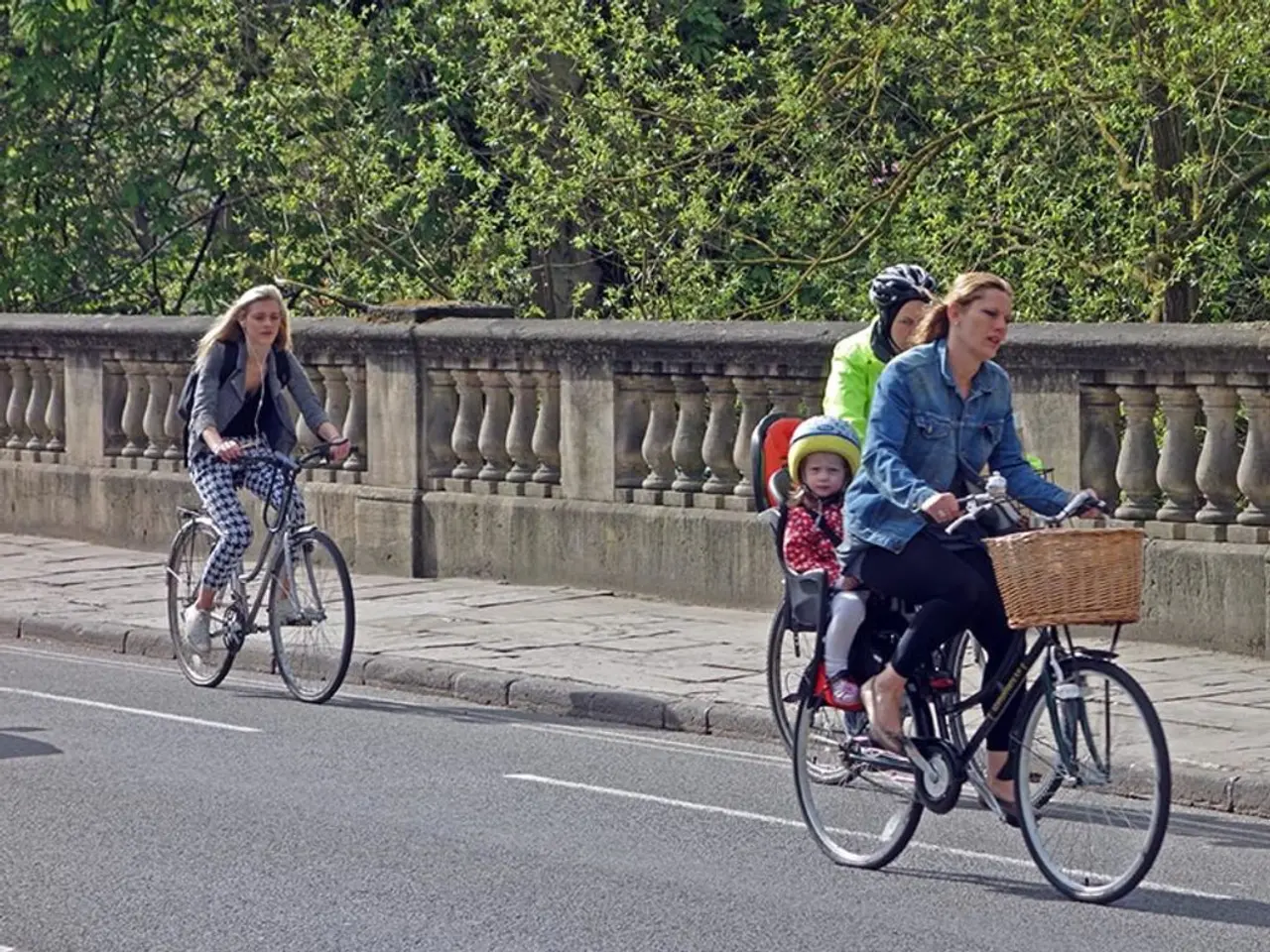Three Strategies for Kid's Rides
When it comes to transporting children by bicycle, there are several options available. Each choice has its own advantages and considerations, and understanding these factors can help parents make an informed decision.
Child’s Age and Size
The age and size of the child are crucial factors when choosing between a child seat, trailer, or cargo bike. Child seats are generally suitable for babies who can sit independently, typically from around 9 months, up to around 3 years for front seats; rear seats can accommodate older toddlers with more space to grow. Trailers can carry toddlers and young children safely, typically supporting up to about 100 lbs in total. Cargo bikes offer seating for multiple children and can support heavier loads, accommodating children of various ages depending on configuration.
Number of Children and Load Capacity
Child seats usually carry only one child at a time. Trailers commonly seat one or two children, with limits on total weight. Cargo bikes often carry two to four children and heavier cargo.
Terrain and Ride Conditions
Trailers with adjustable suspension and off-road tires are ideal for rough paths and multi-terrain use. Cargo bikes vary, with electric-assist models like the Riese & Müller Load4 performing well on gravel and longer trips, while non-electric types require more pedaling effort. Child seats primarily affect bike maneuverability less but are not suitable for rougher terrains.
Safety and Comfort
Child seats provide direct attachment to the bike and must be securely fastened; front seats allow close supervision, while rear seats protect from wind and offer more space. Trailers offer enclosed seating with seatbelts, UV protection, and suspension for comfort, often convertible to jogger/stroller mode for versatility. Cargo bikes have built-in seats with harnesses, but fully loaded cargo bikes can be harder to start and handle.
Bike Type and Rider Effort
Child seats add minimal weight and don’t affect bike length much. Trailers add length and can sway, affecting handling but can be detached when not in use. Cargo bikes are heavier and longer, impacting maneuverability; electric assist helps but may still feel underpowered when fully loaded.
Cost and Customization
Child seats are usually the most affordable and simplest option. Trailers vary in price and often offer multipurpose use. Cargo bikes are more expensive but highly customizable to family needs, including seating and accessories.
Additional Considerations
The trailer has a different width than the single-track bicycle alone, resulting in restricted maneuverability. Always ensure that children are seated securely and that the safety belts are adjusted correctly when using a child seat. The age limit for transporting children in trailers does not apply to the transport of a child with a disability. According to the Road Traffic Regulations (StVO), you must be at least 16 years old to transport children by bicycle. Many cargo bike models have an electric drive to make riding easier with increased weight compared to a normal bicycle.
GTÜ recommends child seats according to the DIN EN 14344 standard, featuring a harness system, footrests, backrest, and spoke protection. Models of cargo bikes with permanently installed seat systems and safety belts should be used for transporting children. GTÜ recommends bicycle trailers according to the DIN EN 15918 standard for one or two children, equipped with a safety belt, reflectors, and lighting. Suspension is also desirable. Trailers used for transporting children must be equipped accordingly, and a maximum of two children up to the age of seven are allowed in them. GTÜ recommends a special baby seat for infants.
Cargo bikes with three wheels offer more stability but are often larger. Spoke protection is necessary for bicycles with a single track when transporting children.
In summary, choose a child seat for babies from 9 months who can sit up, especially for one child and shorter, simpler trips; a bike trailer for toddlers and multiple young children when needing weather protection, versatility, and off-roading capability; and a cargo bike to carry multiple children over varied terrain with an option for electric assist and maximum capacity but at a higher cost and handling complexity.
Read also:
- Wawa avian tests positive for West Nile disease
- The market for Kraft Lignin is projected to increase at a rate of 7.2% each year until 2034.
- Revising hair care practices with cynorrhodon extracts for addressing hair fragility
- Filipino Card Games Find Their Home at Gamezone, Offering an Unmatched Experience!





